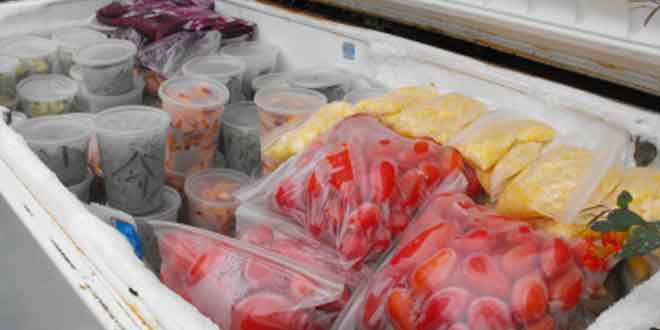
3 Ways to Preserve Food During the Summer
Over time, people have adopted many techniques to preserve foods and everyday a new method is being discovered as there is a certain season of every fruit and vegetable. Some fruits and vegetables are available for a limited season and hence we need to preserve these seasonal foods intact to use them later. Food preservation is the prevention of food stored in a good condition for later use and to protect them from spoilage or decaying. Preservation of food at home usually adds variety to your diet, at times it can be used for saving your time of preparation and less energy wastage as preserved food is already partially processed. Preserving a food requires the same goals and amount of care as it is purchase from the market. If the preserved food is carelessly stored, it would perish and deteriorate.
Here are the great food preservation techniques:
Canning
The safest method of food preservation if practiced properly is canning. In the canning process, foods are placed in containers and heated to a temperature where the micro-organisms that spoils the food are destroyed. During the process of heating, air drives out of the container and when it cools downs a vacuum seal is formed that prevents the air from entering the product bringing the micro-organisms. There are two methods of canning: a boiling water bath and pressure canning. When you are preserving fruits, jams, pickles or tomatoes, the best method is the boiling water bath method in which the container containing the food is heated, covered with boiling water and cooked for some time. The pressure canning is the best method to preserve vegetables, seafood and meats. Containers of food are placed in a pressure cooker with water that is heated to the temperature of 115 degrees Celsius. The main reason of canning is to get rid of the Clostridium botulinum micro-organism.
Freezing
Fresh fruits, vegetables, cakes and breads, fish and meats are frozen by packaging, preparing and freezing the food. The food is frozen to make sure it stays fresh for longer. Freezing the food prevents it from spoiling until we are ready to eat it. There are a few things to remember while freezing the food as foods like sauces and lettuce do not really freeze well. You should remember that green vegetables should be blanched before freezing. To blanch, we need to boil water and place food in it for some time and then pat the food to dry and freeze. To freeze the meat, make packs of meat using butcher wrap, cut them and freeze them for later use. Keep in mind to cut the meat in meal size portions only. This way you just take out one portion for one time and don’t pack and unpack one packed meat, because the frozen meat can sometimes cause some damage if it gets in contact with dry air.
Dehydrating
In this method water is simply removed and nutrients are preserved so that the food can last for a longer time. In dehydrating method, the best result can come out if you slice the food thinly. For example, if you are dehydrating the meat, just cut it into thinly stripped slices and place it in an over with a small amount of heat and let the heat to remove the excess of water. Take care of the amount of heat as too much heat can make your meat burn.
Vegetable like onions can be simply dried under the sunlight. Dehydrated foods can last longer than one year, they do not even need refrigerating, just keep in mind to reconstitute your dehydrated vegetables with water before you are ready to eat them.

